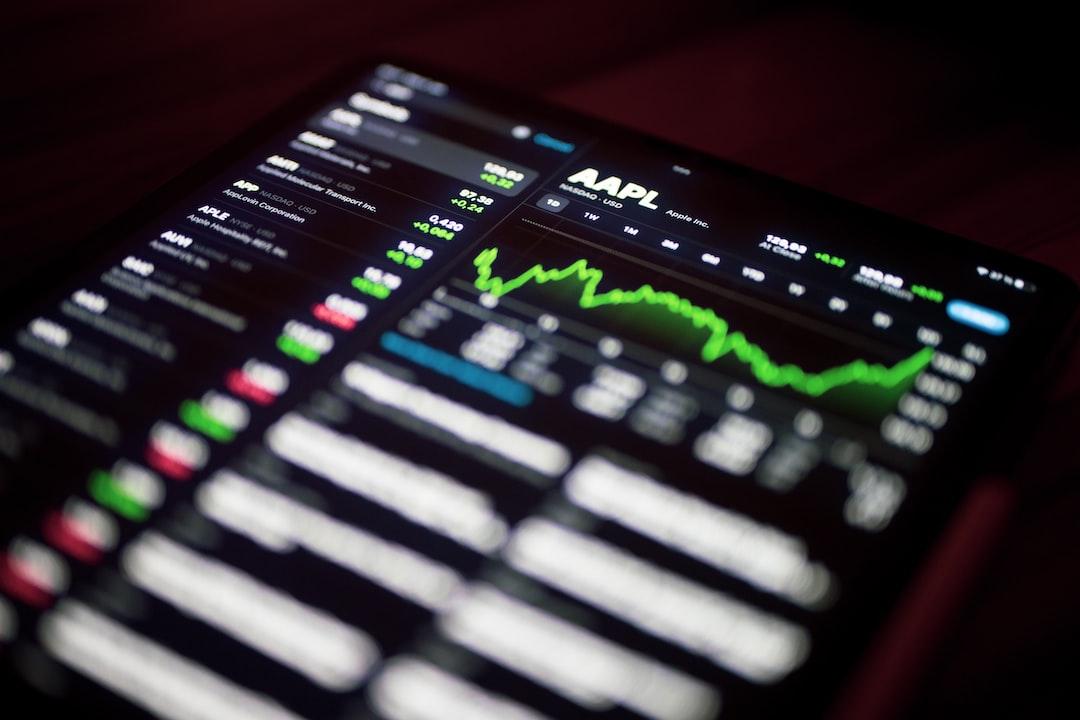Last Week’s Market Overview
The cryptocurrency market experienced fluctuations last week, oscillating between easing regulations and deteriorating macroeconomic indicators. Despite frequent positive signals from the industry, including the SEC concluding multiple investigations, Japan approving compliant stablecoins, and institutional investors increasing their Bitcoin holdings, rising inflation data, Trump’s impending “reciprocal tariff” policy, and a sharp decline in U.S. consumer confidence placed overall risk assets under pressure.
In this mixed macro backdrop, market liquidity and trading activity remain sluggish, with on-chain data reflecting insufficient participation and a lack of clear catalysts to drive prices upward in the short term. While there are positive signals from both macroeconomic and regulatory fronts, market momentum still requires observation.
Table of Contents
- Regulatory Easing and Industry Expansion: Limited Market Confidence Recovery
- Inflation Persists, Capital Remains Cautious: Market Momentum Lags
- On-Chain and Technical Observations: Weakening Market Momentum, Long-Term Holders Steady
- Conclusion
- About BingX
Regulatory Easing and Industry Expansion: Limited Market Confidence Recovery
As regulations shift towards a more favorable stance, U.S. regulatory agencies have recently issued a series of positive signals. The SEC announced the withdrawal of lawsuits against Kraken and Consensys, and concluded its investigation into Crypto.com. The U.S. Treasury also lifted sanctions on Tornado Cash, which the market interprets as a temporary easing of regulatory pressure. At the same time, Japan has approved USDC as the first compliant stablecoin, marking a gradual clarification of the regulatory environment in the Asia-Pacific region.
Institutional adoption continues to expand, with MicroStrategy once again increasing its Bitcoin holdings by nearly 7,000 coins, bringing its total holdings to over 214,000 coins, demonstrating high confidence in Bitcoin’s long-term value. Retailer GameStop also announced it would include Bitcoin on its balance sheet, further extending the application of Bitcoin as a corporate reserve tool.
Traditional financial institutions are also accelerating their layouts. The world’s largest asset management company, BlackRock, has launched the world’s first tokenized money market ETF and is expanding its Bitcoin fund product line in Europe; Fidelity is reportedly planning to issue its own stablecoin, directly competing with Circle and Tether. Coinbase is also said to be in talks to acquire the mainstream options exchange Deribit, further expanding its derivatives market layout.
Overall, the relaxation of regulations and industry advancements provide mid-term structural support for the market, but in the absence of immediate capital inflow and pricing momentum, the positive effects are still awaiting time to ferment, and market confidence remains relatively limited. Nonetheless, uncertainties related to the macroeconomy and geopolitical issues are again looming. This week, the market focused on rising U.S. PCE inflation data, declining consumer confidence, and Trump’s impending announcement of “reciprocal tariffs,” heightening concerns about escalating trade wars. U.S. stocks and cryptocurrency assets declined in unison, with Bitcoin’s price dipping to $81,295 over the weekend, marking a second consecutive week of oscillation and consolidation.
However, bullish signals have yet to translate into tangible capital momentum, with negative net inflows of stablecoins on exchanges and a decline in institutional risk appetite, leaving the market without clear catalysts. As Trump announces trade measures this week, along with the upcoming U.S. non-farm payroll report and Fed Chair Powell’s public remarks, the short-term market trend remains highly susceptible to news and data variables.
Inflation Persists, Capital Remains Cautious: Market Momentum Lags

Recent macroeconomic data continues to send warning signals to the market. The U.S. February PCE year-on-year growth rate rose to 2.5%, exceeding market expectations and reinforcing concerns about “stubborn inflation.” Simultaneously, the U.S. March consumer confidence index unexpectedly fell to 104.7, hitting a near five-month low, reflecting high interest rates and living costs continuing to erode consumer confidence. Fed Chair Powell is set to speak this Friday, and the market is closely watching his latest position on interest rate cut timing and inflation risks.
Another significant variable comes from Trump’s impending announcement of “reciprocal tariffs” on April 2, with the market worried that the elevated trade war risks could impact the global supply chain and economic performance. Last Friday, the Dow Jones Industrial Average plummeted by over 700 points, with Bitcoin dropping to $81,295, clearly indicating pressure on overall risk assets.
From a capital perspective, although the total supply of stablecoins slightly rebounded to $212.2 billion, net inflow of stablecoins on exchanges remained negative, reflecting an overall conservative capital stance. According to data, the recent daily average net outflow reached -$1 billion, starkly contrasting with last year’s peak inflow of $15.4 billion on a single day. The decline in potential purchasing power, coupled with a growing market cautious attitude, has led to a lack of upward momentum in prices.
On-Chain and Technical Observations: Weakening Market Momentum, Long-Term Holders Steady

Recent on-chain data indicates a decline in market activity and capital liquidity. At the same time, both the number of on-chain transactions and average transaction fees have decreased, significantly retreating from the highs seen at the beginning of the year, reflecting a notable drop in trading enthusiasm. Last week’s Fear and Greed Index fluctuated between 30 and 44, remaining within the “neutral to fearful” range, indicating that investor confidence has yet to significantly recover, and they remain cautious toward potential policy changes and macro uncertainties. According to CryptoQuant data, as of the end of March, net inflows of Bitcoin on exchanges turned negative, indicating that short-term traders are inclined to wait or transfer to cold wallets for hedging.
Regarding long-term holders (LTH), their holding ratio remains stable at around 70%, reflecting confidence in medium- to long-term prices, although short-term trading enthusiasm has significantly declined. Concurrently, on-chain transaction numbers and fees are both below the levels seen at the beginning of the year, revealing a lack of improvement in market participation enthusiasm.
From a technical perspective, Bitcoin has recently oscillated between $81,000 and $85,000, with prices retreating after multiple tests of upper resistance, indicating insufficient short-term momentum. The market is still awaiting confirmation of macroeconomic and capital-positive indicators to potentially drive the next directional choice, with overall trends primarily focused on sideways consolidation.
Conclusion
Despite a favorable regulatory environment, ongoing institutional investments, and continuous advancements in the cryptocurrency industry in infrastructure and product innovation, the cryptocurrency market remains affected by macro pressures and weakening capital dynamics in the short term, with overall performance in a stage of oscillation and consolidation.
The market currently faces three major uncertainties: first, whether inflation will fall back into the Fed’s tolerance range; second, whether Trump’s trade policy will provoke a new round of geopolitical and economic conflicts; and third, whether capital momentum can return to risk assets. Changes in these critical variables will profoundly impact Bitcoin and the overall cryptocurrency market’s mid- to short-term trends.
This week, the outcomes of Trump’s trade policy, the non-farm payroll report, and Powell’s remarks will be key to determining market direction. If inflation and employment data remain resilient, it may delay the market’s expectations for interest rate cuts, leading to continued market caution; conversely, if data weakens and policy attitudes shift dovishly, it could release new upward momentum for the cryptocurrency market.
Investors should pay attention to the speed of policy implementation and market reaction discrepancies, avoiding excessive chasing of highs or prematurely building overly leveraged positions, and can monitor whether there is structural improvement in on-chain activity and capital flow as a supplementary basis for observing trend reversals. In the short term, it is advisable to prioritize risk management and await clearer signals from capital and policy before adjusting positions. If on-chain momentum and capital structure show simultaneous improvement, it will help stabilize the market further.
About BingX
BingX was established in 2018 and is a leading global cryptocurrency exchange, providing a diverse range of products and services including spot trading, derivatives, copy trading, and asset management to over 10 million users worldwide. In response to market demands, BingX regularly provides historical price trends of mainstream coins such as Bitcoin and Ethereum, catering to varying needs from novice to professional levels. BingX is committed to offering a reliable platform, empowering users with innovative tools and features to enhance their trading capabilities. In 2024, BingX proudly became a major partner of Chelsea Football Club, marking its exciting debut in the sports world.
Disclaimer: This article represents the views of BingX and provides market information. All content and opinions are for reference only and do not constitute investment advice. Investors should make their own decisions and trades, and neither the author nor BingX will bear any responsibility for direct or indirect losses arising from investor trading.
This content is provided officially and does not represent the stance or investment advice of this site. Readers must conduct their own careful assessments.

